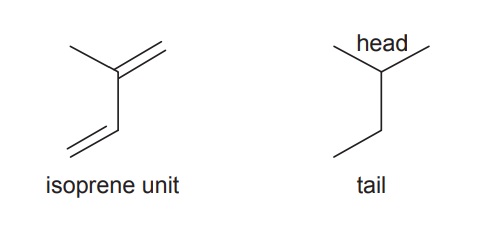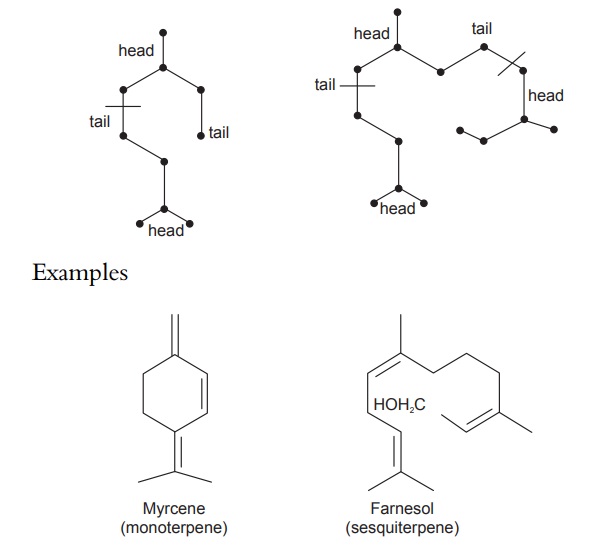Terpenoids
| Home | | Pharmacognosy |Chapter: Pharmacognosy and Phytochemistry : Drugs Containing Volatile Oils
There are many different classes of naturally occurring compounds. Terpenoids also form a group of naturally occurring compounds majority of which occur in plants, a few of them have also been obtained from other sources. Terpenoids are volatile substances which give plants and flowers their fragrance. They occur widely in the leaves and fruits of higher plants, conifers, citrus and eucalyptus.
TERPENOIDS
There are many different classes of naturally occurring
compounds. Terpenoids also form a group of naturally occurring compounds
majority of which occur in plants, a few of them have also been obtained from
other sources. Terpenoids are volatile substances which give plants and flowers
their fragrance. They occur widely in the leaves and fruits of higher plants,
conifers, citrus and eucalyptus.
The term ‘terpene’ was given to the compounds isolated from
terpentine, a volatile liquid isolated from pine trees. The simpler mono and
sesquiterpenes is the chief con-stituent of the essential oils obtained from
sap and tissues of certain plant and trees. The di and triterpenoids are not
steam volatile. They are obtained from plant and tree gums and resins.
Tertraterpenoids form a separate group of compounds called ‘Carotenoids’.
The term ‘terpene’ was originally employed to describe a
mixture of isomeric hydrocarbons of the molecular formula C10H16
occurring in the essential oils obtained from sap and tissue of plants and
trees. But there is a tendency to use more general term ‘terpenoids’, which
includes hydrocarbons and their oxygenated derivatives. However, the term
terpene is being used these days by some authors to represent terpenoids.
According to modern definition, ‘Terpenoids are the
hydrocarbons of plant origin of the general formula (C5H8)n
as well as their oxygenated, hydrogenated, and dehydrogenated derivatives.’
Isoprene Rule
Thermal decomposition of terpenoids gives isoprene as one of
the product. Otto Wallach pointed out that terpenoids can be built up of
isoprene unit. Isoprene rule states that the terpenoid molecules are
constructed from two or more isoprene unit.

Special Isoprene Rule
It states that the terpenoid molecules are constructed of
two or more isoprene units joined in a ‘head to tail’ fashion.

But this rule can only be used as guiding principle and not
as a fixed rule. For example carotenoids are joined tail to tail at their
central, and there are also some terpenoids whose carbon content is not a
multiple of five.
Related Topics
